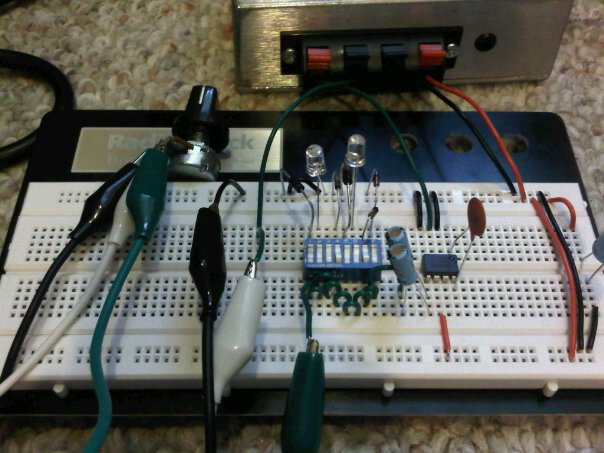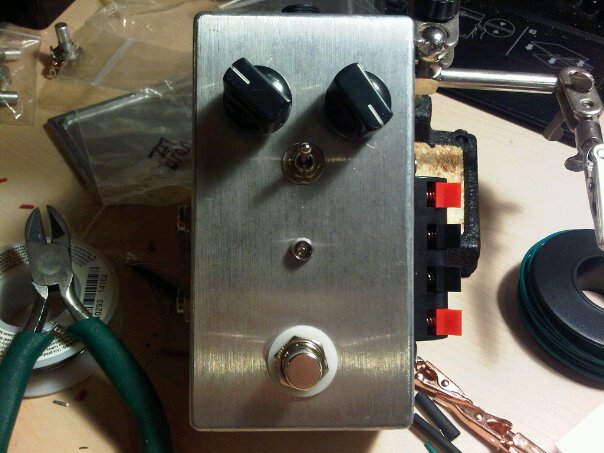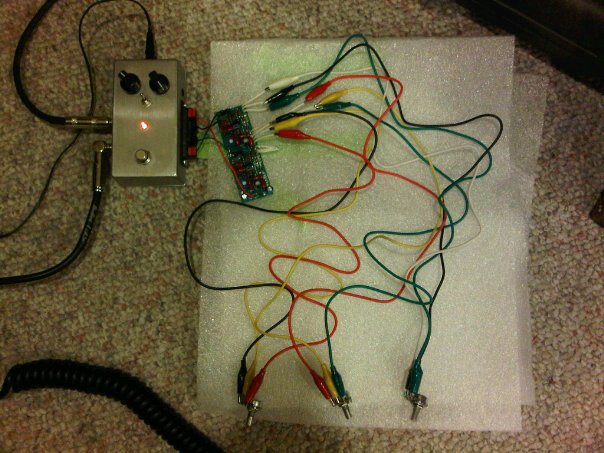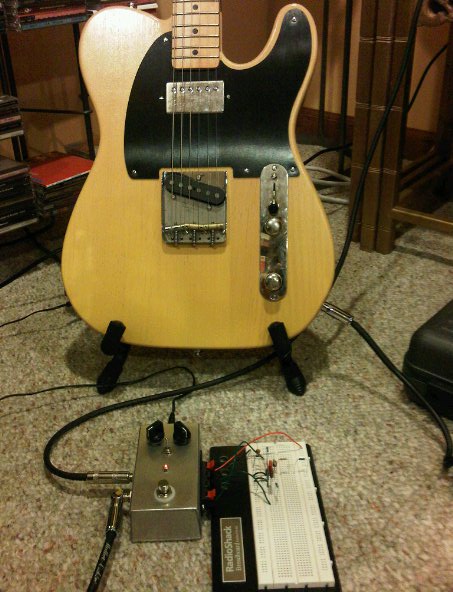- Published:January 13th, 2015
- Comments:No Comments
- Category:Programming, Projects, Tech
You know what’s been missing from my life?
Yup. Microcontrollers.
I got this idea several months back to create a few two-in-one effects pedals. I had an EA Tremolo board and a one-knob reverb ready to go, and I thought they might pair nicely. While I was doing the layout for the 1590BB enclosure I thought it would be cool if the pedal ran in two modes: Separate Mode, where each switch activated it’s own affect; and Together Mode, where the right switch activated both effects simultaneously. I spent days thinking about this and mocking up switch diagrams, but all to no avail. It was too complicated for me to figure out — at least with some room left in the enclosure for the actual effects boards. For a while I had a brilliant plan to use optoisolators, and while they do simplify things, the switching was still a catastrophe. That’s when I broke down and started thinking about microcontrollers.
Two weeks later, I have an Arduino Uno and a working prototype on breadboard.
With the added flexibility of the microcontroller, I’ve added a third mode: XOR Mode. Very exciting! More details to come….










